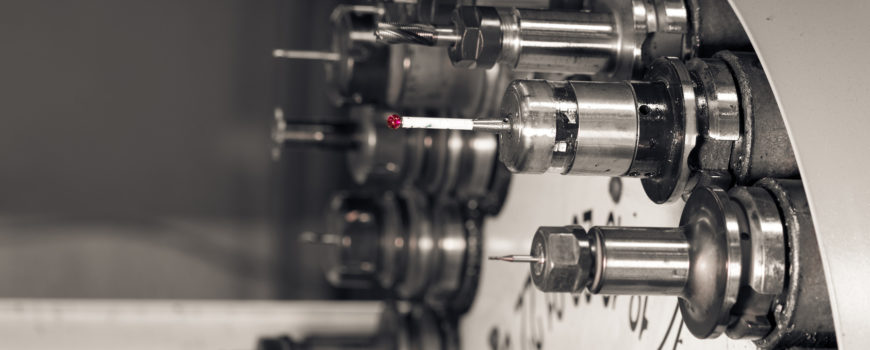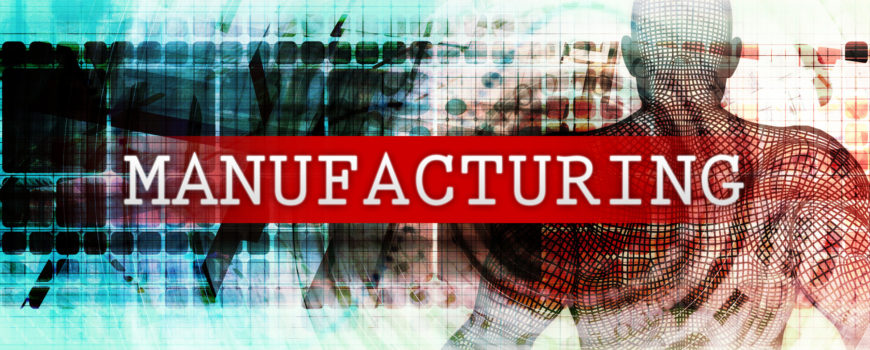CNC machining offers significant flexibility for the manufacturing industry. However, depending on your manufacturing needs, you need to consider what materials to work with to achieve efficiency and cost-savings. While various machine shops offer guides on material selection, you should be aware of the properties of various materials and their impact on CNC tooling.
With the right approach to material selection, CNC machining translates into an efficient manufacturing process with high-speed production rate and high precision for critical applications in areas such as the aerospace, photonics, environmental monitoring, computer storage, bike, oil and gas, drone, electro-mechanical, and robotics industry.
Understanding the impact of specific materials on CNC tooling improves your productivity since you’ll be able to match the materials with the right tooling style. For instance, wood, plastics, and composite machine are workable with most CNC machining styles, which are equipped with the HSK style tool holders or, ISO/SK/BT style.
However, specialized applications cannot be executed with standard CNC machining styles. Thus, you’ll need specialty tool holders such as the heat shrink and hydro tool holders. While CNC machining has a unique capability for cutting and forming various types of metals and polymer materials, it is impossible to reap maximum benefits from it without proper selection of materials.
Here is what you need to know about the impact of various materials in CNC tooling:
Hard materials
In most cases, machining hard materials, is hard work and demand a combination of high precision and rigid tooling system. Tooling hard materials requires more processing in contrast to normal materials. You need to apply the right strategy and tools at every stage of the manufacturing process. In fact, you have to master it to realize the desired output.
Tool Choices
CNC machinists have the choice of distinct tools; the square end mills, bull nose and ball-end. In some cases, hard materials require you to combine for different stages in the manufacturing process.
For roughing operations, hard materials require the use of the ball end mill. It also the ideal tool for finishing operations. The ball end mill is characterized by a large radius, which helps dissipate heat and force. As a result, it enables you to work at high speeds and to feed the material quickly for you to cut closer to the net shape.
As for large parts with flat floors, you need a bullnose tool. In contrast to the ball end mill, it has a small radius and limited capacity for dissipating heat and force. Thus, it is not ideal for parts that require sharp corners, especially where the floor and the wall meet since it results in chipping.
For such cases, it is best to use a square end mill. Alternatively, you can employ dry machining with air or oil to reduce the chipping since it provides higher spindle speeds.
Tool Geometry
Since hard materials cause rapid wear of tools, a custom machine shop in Denver may demote them to semi-finishing tools or re-sharpen them.
However, since CNC is meant for high-precision manufacturing, the need to cut varying angles and edges using a blunt tool will lead to losses since it has lost its tool geometry.
Tool geometry is critical to precision manufacturing, and a deformed tool should be replaced since it conflicts with the programming specifications for proper operations. CNC manufacturing relies on programming templates for quality control. For instance, CNC programming with a gibs feature is best addressed with a gibs template for the easy selection of tools and tool paths for your manufacturing project.
Such templates are applicable for speeds and feeds on various features and allow you to pick a specific feature and the tool to work with, which comes with predefined speeds and feeds.
The templating process is used for the standardized features of a mold, for example, base plates, gibs, and retainer plates. It is quite helpful when handling hard materials since the process positively impacts time value and tool wear. With the knowledge of proven patterns and tools when working hard materials is invaluable since it helps you apply templates for fast and efficient cutting process, and, at a cost-effective price.
Since hard materials are dense, they’re full of tension and require soft machining to release the tension. Thus, you must begin by roughing the materials in their annealed state. The soft machining process informs the choice of the type of CNC tooling to apply since you need to optimal material removal.
To make the machining easier, roughing is followed by heat treatment. Since hard materials break into chips when heat-treated, you need inserted cutters to make the chips move fast. Also, they require tool path patterns that can support the fast movement of chips to hasten the process. As an original equipment manufacturer, it is critical to leverage toolpath concepts such as adaptive clearing for the heat treatment process.
With knowledge of how different materials react to heat treatment allows you to select the right tool for the job so you can monitor the twisting of the mold to the required shape.
As such, you need to balance the stock to create enough room to adjust the mold during the finishing process. Also, you should have the right amount of stock to avoid excesses, which would lead to hard machining to remove it.
Since the finishing process comes after the heat-treating process, you need a hard machining plan. Heat-treated materials are harder and create a stronger surface, but brittle, thus challenging to machine. As a result, you need an assortment of specific tool sizes to achieve the desired stopovers for surface finish.
Part Geometry
In addition, you need to apply specific techniques such as raster passes to make the cutter intersect with the vertical planes made during the roughing process. Denver manufacturing services by Tag Team reference part geometry for the proper configuration of the machining tool to achieve precise surface finishes of high quality.
CNC tooling is flexible, but it is informed by choice of materials you use. While the focus here has been on hard materials, all types of materials have an impact on CNC machining since you have to consider part geometry and the desired designs.
For instance, in the design of complex and detailed parts, a mistake in the choice of CNC tooling could lead to the design of unnecessarily expensive parts in the design phase.
Design
For CNC machining to work properly, the programming of the tools has to map the desired design on the mold. Thus, it is critical to get the right drawings and feed the right tool to produce the right design. However, this should not be a challenge since you can leverage the expertise of Tag Team, a CNC machinist, and precision manufacturing company in Denver. Besides, they specialize in the manufacture of precision components for OEM’s in every industry.
At Tag Team, we have the skills and capacity to work with original equipment manufacturers in developing prototypes. With the capacity to generate over 50,000 components yearly, we can help you with your CNC manufacturing projects.



